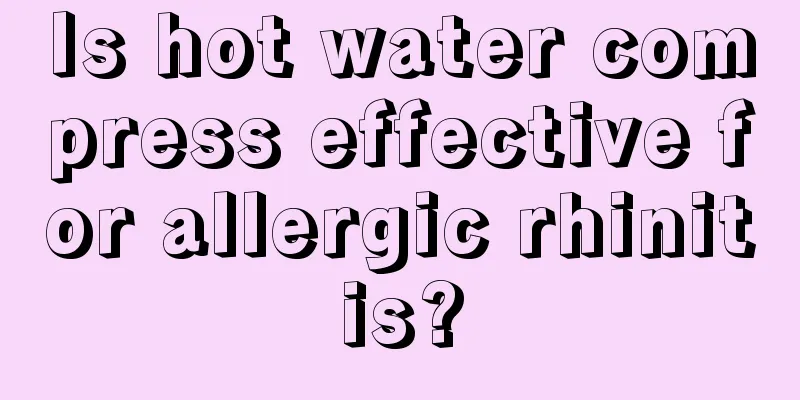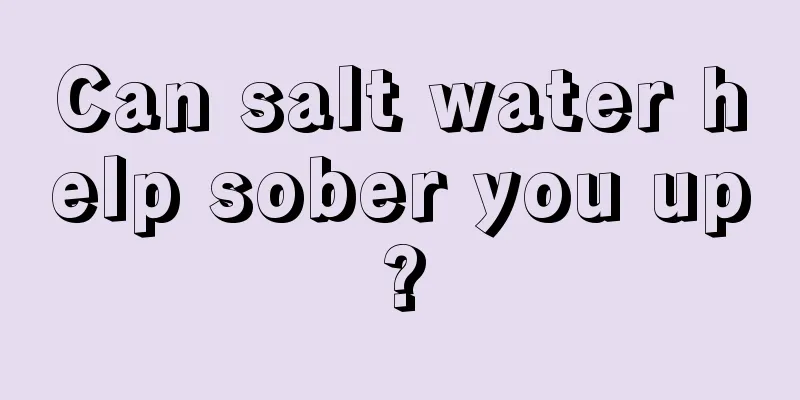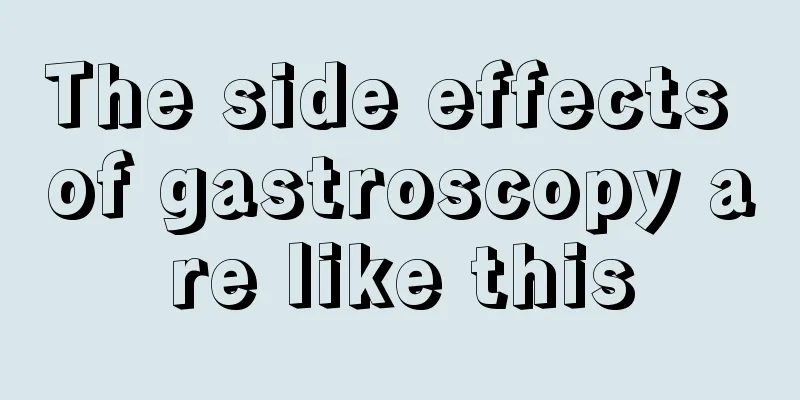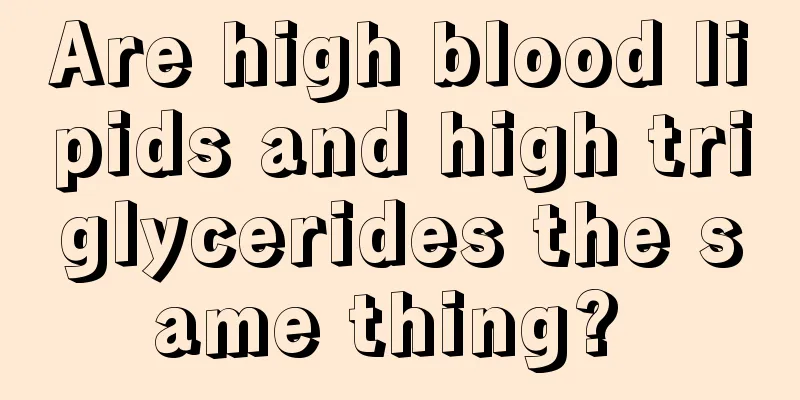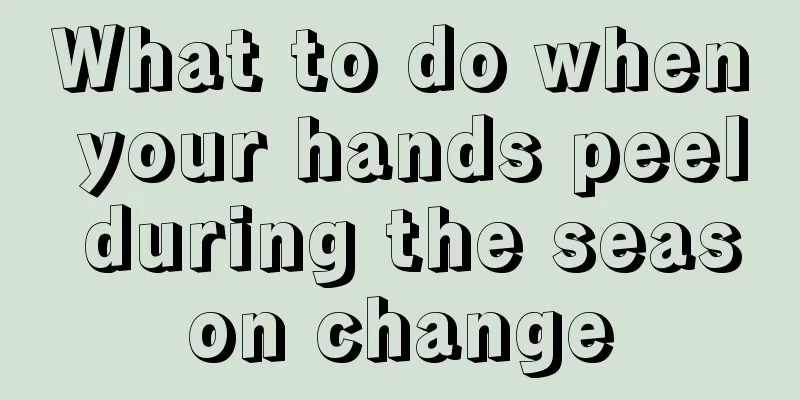Eye drops preservative ingredients
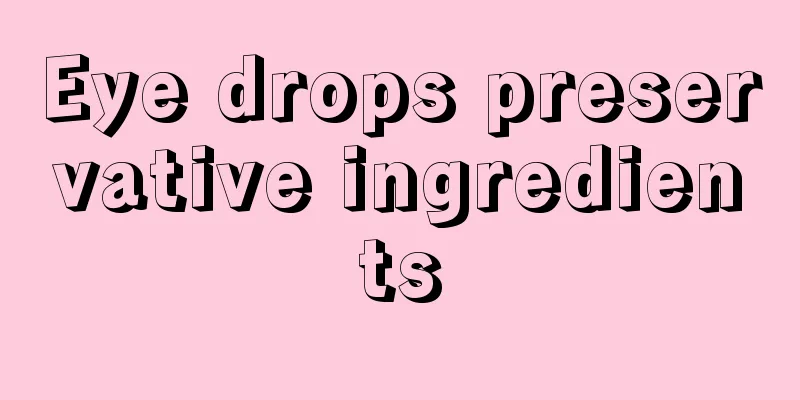
|
Some eye drops contain preservatives. The reason for this is mainly to prevent the growth of bacteria in the eye drops and to prevent the eye drops from being contaminated by microorganisms. In terms of the dosage of preservatives, the country has strict standards, which are generally between 1‰ and 2‰. When using eye drops, you must be aware of some precautions, such as the shelf life of eye drops mainly refers to the time without opening. The shelf life of eye drops after opening is relatively short. Eye drops preservative ingredients Preservative eye drops refer to eye drops that contain preservatives in their ingredients. In order to prevent ophthalmic preparations from being contaminated by microorganisms during use, most eye drops, especially large-dose eye drops, require the addition of antibacterial agents. However, the country has strict requirements on the dosage of preservatives in eye drops, which is between 1‰ and 2‰. Most of the eye drops used clinically contain preservatives to prevent them from deteriorating when they come into contact with air after the first use. Large-packaged eye drops sold on the market, such as 5ml to 10ml eye drops, must contain preservatives, otherwise they cannot be used for a long time, but their preservative content mostly complies with national regulations. When citizens use eye drops, as long as they follow the doctor's advice and use them in moderation and not in large doses for a long time, these preservatives will not cause harm to the eyes. Citizens should note that if eye drops are used for a long time or in large doses, it may destroy the normal moisturizing and repairing function of the body's own tears on eye tissue cells. Basic Features More than 90% of eye drops sold on the market contain preservatives. Long-term improper use of eye drops containing preservatives can easily cause considerable damage to the eyes. Relevant experts said that the report that more than 90% of eye drops contain preservatives is not an exaggeration. According to her understanding of the eye drops industry, more than 95% of eye drops contain preservatives. In addition, experts said that there are different types of preservatives in eye drops. Most imported eye drops contain benzalkonium chloride, which is more harmful to patients than other preservatives. Identification method Experts say that with a daily dose of eye drops, there is no risk of bacterial infection, so no preservatives are needed. In addition, it can also be distinguished by the shelf life. Products with a shelf life of about one month usually contain preservatives, while products without preservatives are only valid for one day. |
>>: Eye drops that lower intraocular pressure
Recommend
Is vulvar leukoplakia easy to cure in the early stages?
Vulvar leukoplakia is a serious problem that plag...
Which hospital is best for chemotherapy for skin cancer
Skin cancer is a skin disease that is caused by l...
What is lymphoma and what foods are good for patients
Lymphoma is not unfamiliar to many people today, ...
What are the skin diseases that are often confused with skin cancer?
Skin cancer is a malignant tumor that occurs on t...
Are there viruses in the saliva of nasopharyngeal cancer patients?
Are there viruses in the saliva of nasopharyngeal...
How to treat esophageal cancer in an 80-year-old man
Esophageal cancer requires particularly careful t...
How much does chemotherapy for lung cancer cost?
How much does one chemotherapy treatment for lung...
How to treat watery menstruation
Menstrual problems are important issues that affe...
At what age does the nose grow straight?
In life, many people have flat noses. For some ch...
Know what are the common symptoms of pancreatic tumors
Clinically, pancreatic tumors are divided into tw...
Can I take a shower if I have chickenpox scars?
When you suffer from chickenpox, don't panic,...
What are the benefits of pigeon stewed with mung beans
Many people in our lives have the habit of eating...
What medicine is effective in treating vitiligo?
The vast majority of vitiligo are divided into tw...
The stool contains pus and blood
Thick blood in the stool is also called bloody an...
The 5-year recurrence rate of ovarian cancer after surgery
Although ovarian cancer is easier to treat than o...
